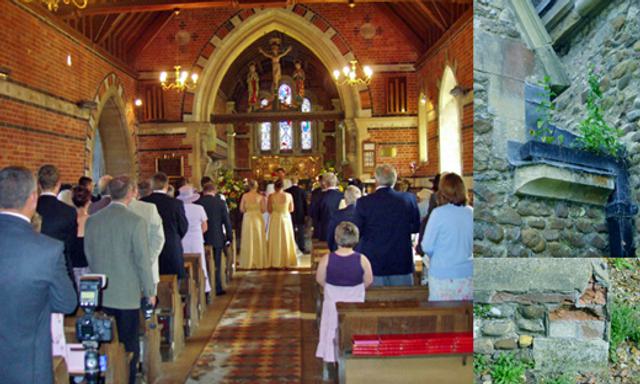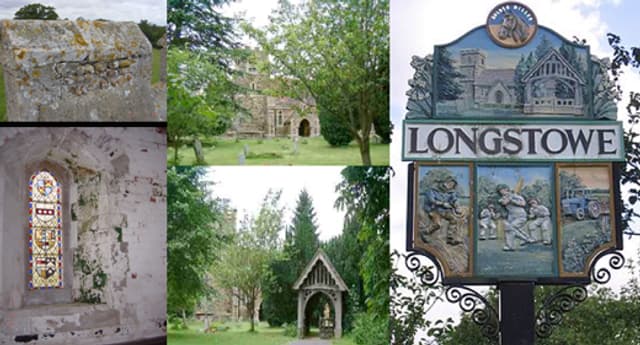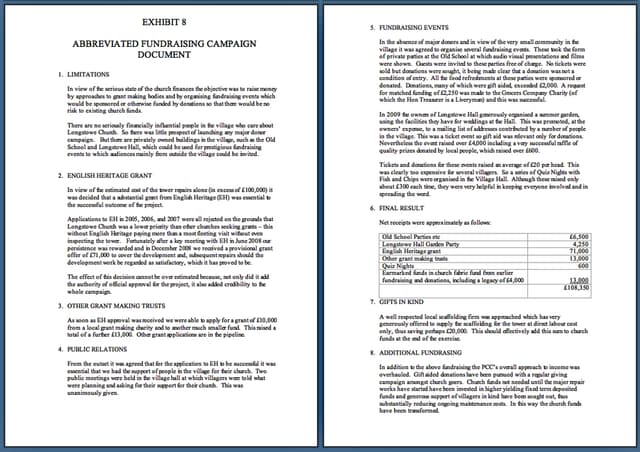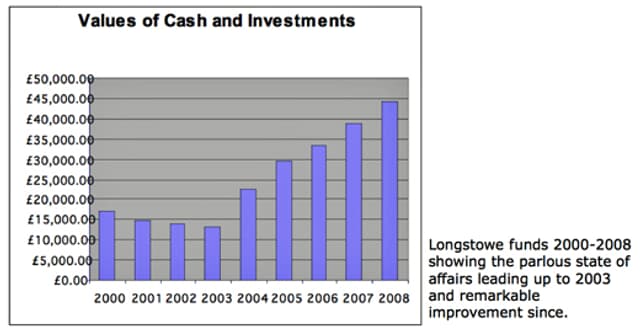Longstowe Church, Cambridgeshire, UK: restoration appeal
- Exhibited by
- Anthony Clay
- Added
- June 27, 2010
- Medium of Communication
- Target Audience
- Individuals, corporations, granting organisations.
- Type of Charity
- Culture and heritage, religion related.
- Country of Origin
- UK.
- Date of first appearance
- Unknown.
SOFII’s view
This delightfully successful local community appeal did benefit from some extraordinary support in the shape of Anthony Clay, one of the founders of the UK’s Institute of Fundraising and a fundraising elder statesman par excellence. Nevertheless it is still an inspirational tale worth telling and worth copying too, down to its smallest detail. They certainly achieved a huge target through effectively deploying a wide range of fundraising methods. But SOFII does want to meet this congregation of ‘less than ten people’ who give an average Sunday collection total approaching £50.00!
Creator / originator
Anthony Clay, Hon Treasurer, Longstowe Parochial Church Council.
Summary / objectives
The church of St Mary the Virgin at Longstowe, Cambridgeshire is a gem, combining a magnificent mediaeval tower with a fine Victorian nave and chancel (see photos opposite). The objective of the fundraising campaign has been to raise over £100,000 to restore the tower, which is falling down, and to provide funds to maintain the rest of the structure without depleting the money available for annual running costs.
Background
Longstowe is a very small community with a typical Sunday service congregation of less than 10 people. Average receipts in the Sunday collection were less than £50 at each service. Expenditure in 2003 was nearly £10,000, income was barely £7,000. So there was a deficit of nearly £3,000. Total reserves of cash and investments were about £14,000, of which £8,500 was earmarked for special purposes. The church was clearly going bust (see graph, below).
On top of this, the five-yearly architects’ fabric survey revealed serious problems of damage to the knave through damp caused by failing guttering and down pipes. There was also an acute risk that parapets of the tower would fall down because water had penetrated the structure and destroyed the mortar holding it together (see photos opposite).
There was a general atmosphere of depression about the prospects for the church. Many people felt that it would soon have to close despite it being the most important community building in the village, providing the main venue for several weddings and funerals each year in addition to the festivals of Christmas, Easter and Harvest.
After five years of fundraising over £100,000 has been raised, the tower is about to be repaired and funds will be available to maintain the building for many years to come. The church has been saved.
This has been achieved by a range of different fundraising activities and successful grant applications, in spite of the recession of the last 18 months or so. See abbreviated fundraising campaign document on the bottom left.
Special characteristics
Although comparatively small in scale the achievement is magnificent in view of the size of the task facing an extremely small community and the many setbacks that were experienced.
Influence / impact
A Grade II* listed building has been saved for the enjoyment of many generations to come
Details
A fundamentally sound fundraising strategy was applied with limited testing but at practically no financial risk to the church because of maximum sponsorship and volunteer effort at all stages.
Costs
The cost to the Parochial Church Council was effectively less than £50 for small presents for people who lent premises, etc for fundraising events, because costs were fully underwritten by sponsorship or donations.
Results
Over £30,000 was raised from village fundraising events and over £80,000 from successful approaches to grant makers.
Merits
Because it reflects a wide diversity of successful fundraising methods and was achieved in the teeth of what was being described at that time as the worst recession since the 1930s. ‘Recession? We ask, ‘What recession?’ It all goes to show that good fundraising still works, recession or not.
*Note on listing of buildings, from Anthony Clay
‘In the UK there are three levels of listed buildings. Grade 1 is the best (Westminster Abbey, Canterbury Cathedral etc), Grade II is less so. Grade II with a * is better than Grade II alone. Apparently we gained our star because a dusty old monument in the back of the church was mentioned in the rather important book on churches written some years back by someone called Pevsner, who was obviously a very important gent in his day! Grade I and Grade II* applications get considered ahead of Grade II without * applications. Why we can't simply be 1, 2, or 3 or A, B, and C, I haven't a clue!’



 View original image
View original image
Also in Categories
-
- Capital campaigns


















